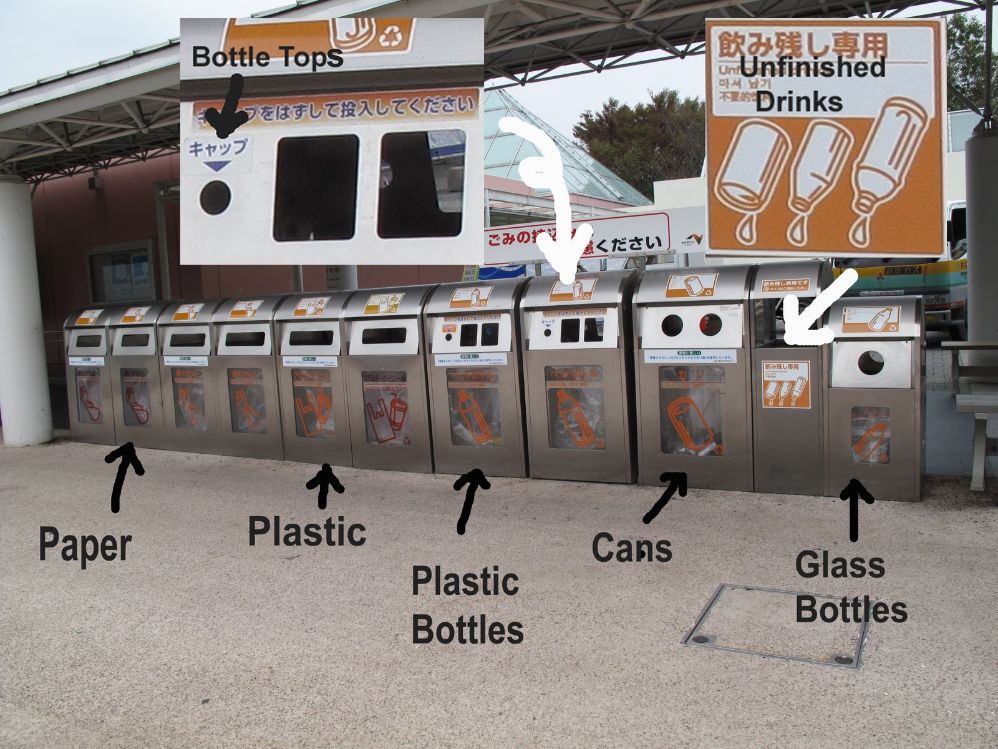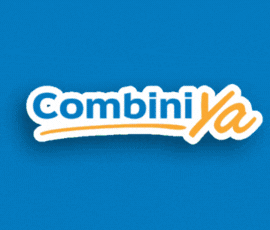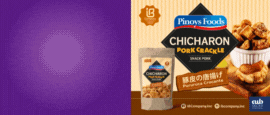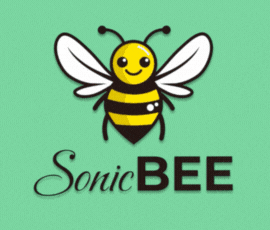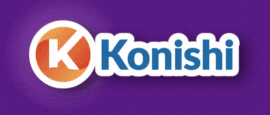Japan was listed as the fifth cleanest country in the world. Japanese people are the most disciplined people on Earth. They follow rules and will always do whatever they could to serve their country for the good. They help each other in the community to clean and tend their locale. They sustain and maintain cleanliness – keeping alive their nature. To attain a good environment, people living in it must acquire a positive discipline. This would probably the reason why Japan is one of the most clean and unpolluted place in this world.
The basic and the simplest thing you should learn first when you are planning to migrate or tour in Japan is the proper disposal of garbage. And you must take this seriously. Here are the rules and regulations when throwing a specific items and in a specific bags.
Thrash separation rules and how to dispose of your trashes can vary depending on the community. In general there are three broad categories for distinguishing trash: combustibles, non-combustibles, and recyclables. But recently the districts are introducing different criteria on trash separation. In some districts, there are also specific boxes for garbage collections. Ask your neighbor or local authorities for details.
- The typical type of trash:
Combustible trash (Moeru Gomi)
Kitchen garbage – all liquid must be drained completely before disposing
Branches and leaves – trimmed branches, grass clippings, flowers and etc.
Non-recyclable paper – tissue, paper cups, soiled paper, etc.
Leather items – gloves, bags, jackets, etc.
Waste oil – used cooking oil
Clothing
Others – disposable diapers, cigarette butts, etc.
Non-combustible trash (Moenai Gomi)
Plastic goods
Glass and ceramic items (rice bowls, dishes, glass cups, light bulbs)
Aerosol cans/spray can
Electronic goods
Electric light bulbs
Small household items (umbrella, knife)
Air-activated disposable hand warmer, boot warmer (kairo)
Others (aluminum foil, empty lighters, epty paint cans)
Oversized garbage (Sodai Gomi)
Large item garbage (Ogata Gomi)
Furniture, bedding, bicycles, and home appliances (excluding air conditioners, televisions, refrigerators, freezers and washing machines). There are districts where days for collecting oversize garbage are fixed, and then there are areas where one must call the local government office in charge, to designate a pick up day for such items. There are also districts which require the collection fees be paid in advance. Please ask your city, district, and town or village office for more information on how to dispose bulky or large item garbage.
Hazardous garbage (Yugai Gomi)
Dry-cell batteries, fluorescent lights, mercury thermometers, mirrors, etc.
Used dry-cell batteries can be disposed in the collection box located at retail shops. In case of gas cylinders, car batteries, fire extinguishers, tires, pesticides, etc., please contact a retail outlet or specialized company to handle these items.
- Recyclable trash (Shigen Gomi)
Wastepaper
– Newspapers (includes flyers). Fold newspapers into four (A4 size).
– Magazines (includes notebooks, confection boxes, wrapping paper, and envelopes)
– Paper packs (500 mL or larger). These are collection boxes at the ward facilities, such as community centers and some supermarkets. Those with an aluminum coating are to be discarded as burnable waste.
– Paper bags and boxes with the identifying (Cardboard = damboru) mark.
– Paper Cartons
– Bind items with string according to type. Collection is made on rainy days as well.
Plastics
- Plastic is considered as recyclable resources or burnable waste.
- Plastic containers and wrapping with the identifying mask (Plastic – purasuchikku).
- Plastic containers such as bottles, cups trays, packages, and tubes; plastic bags for confections and frozen food; retort pouches; plastic lids; clasps; and plastic shopping bags.
After you have emptied the item, rinse it clean before disposal and dispose of items to gather in a garbage container with a lid or transparent or semitransparent garbage bag.
Items that are not completely emptied or that are difficult to clean should be disposed of as combustible garbage.
Bottles and cans
- Bottles
- Cans for food and beverages
Usually collection receptacles on the street will be put out on designated days. After lightly rinsing inside with water, please put them in the designated containers or net.
Broken bottles, cosmetic bottles, medicine bottles, light bulbs, fluorescent lights, 18-liter cans and spray cans, cannot be collected as recyclable resources. Please dispose these items as incombustible garbage.
Please take reusable bottles, such as beer bottles and “issho-bin” sake bottles, to a liquor store.
Plastic PET bottles
Plastic PET bottles with the identifying mark (PET bottle = petto botoru).
There are collection boxes at Cooperating Collection Shops (convenience stores, supermarkets, etc.)
Remove caps and labels. After lightly rinsing the inside with water, crush the bottle and place it in the collection box located at designated supermarkets and convenience stores.
Please dispose of caps and labels as plastic wrapping.
White Styrofoam Trays
Please rinse the Styrofoam lightly and dry them before putting them in the boxes.
Collection box at municipal facilities
In addition to municipal facilities, some supermarkets, coops, etc. conduct collections independently. Check the rules of the collecting stores (such as rinsing of any dirt and sticking to the types of trays accepted) before placing items in the collection box.
- Electrical goods and appliances
The Electric Appliance Recycling Law which was enforced in April 2001 requires four waste electric appliances (air conditioner, TV, refrigerator, and electric washing machine) to be appropriately disposed by consumers and collected by retailers from consumers to promote recovery at designated collection centers and recycling at recycling facilities by manufacturers and from April 1, 2009, clothes dryers, liquid crystal and plasma display televisions added to the list.
Contact the shops or the Home Electric Appliance Reception Center for an application. (Recycling and transportation fees will be charged).
Recycling fees differ according to the manufacturer. The following are standard prices:
RECYCLING FEES FOR LARGE HOME APPLIANCE AND MANUFACTURERS
(Note that fees may be subject to change)
Air conditioners – ¥ 3,675
TVs cathode ray, liquid crystal & plasma types – ¥ 2,835
Refrigerators – ¥ 2,520


